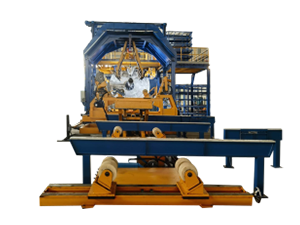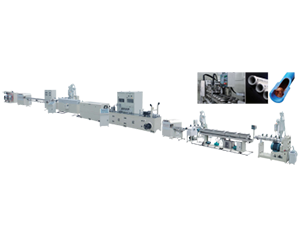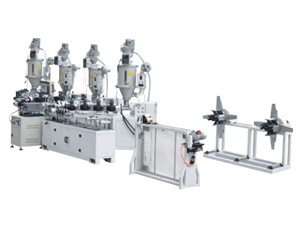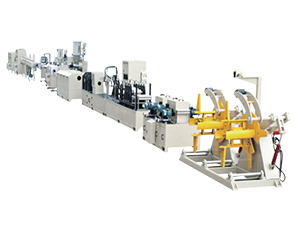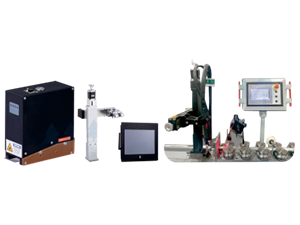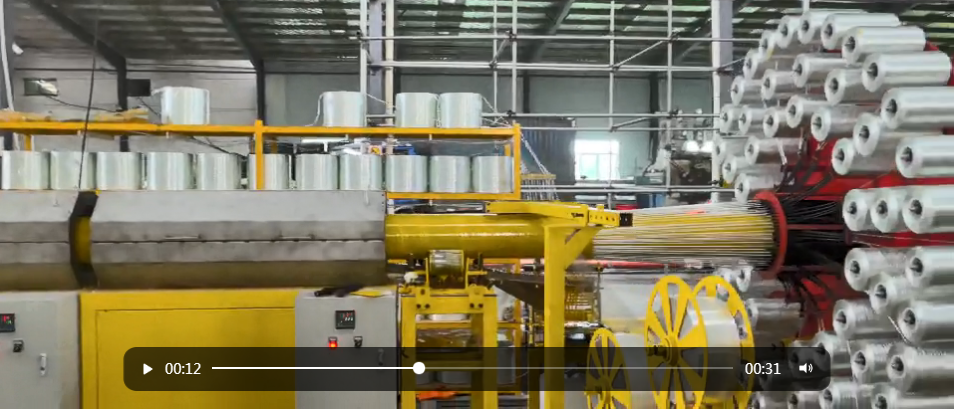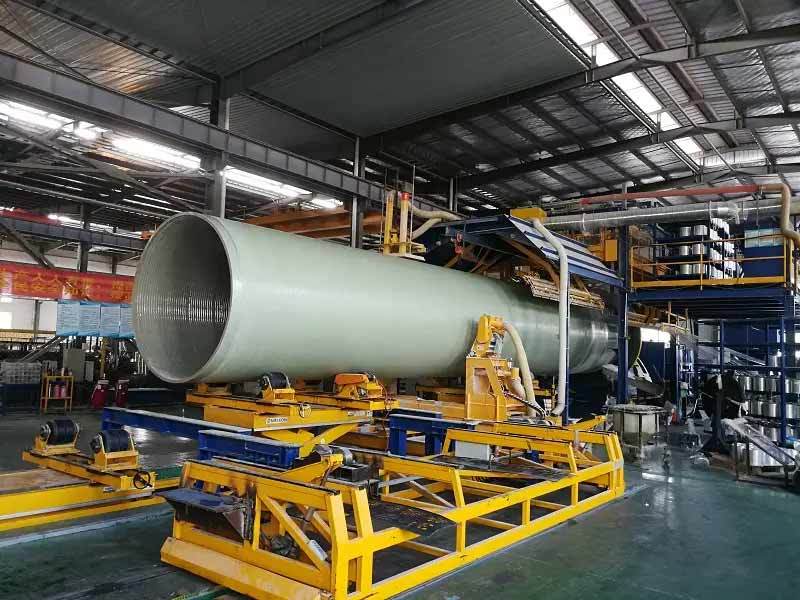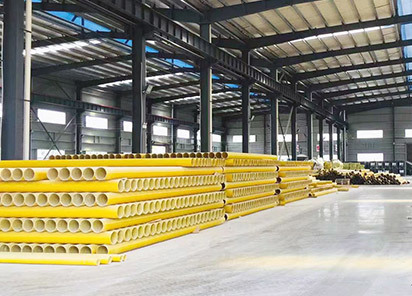Maximizing Efficiency in GRP Production Lines: A Comprehensive Guide
Mar 13,2025

---
In the ever-evolving landscape of manufacturing, understanding the intricacies of a GRP (Glass Reinforced Plastic) production line is paramount for professionals aiming to optimize their processes. GRP production lines are specialized setups designed for the fabrication of composite materials that combine glass fibers with polymer matrices. This unique combination results in materials that are lightweight, strong, and highly resistant to corrosion, making them ideal for a variety of applications across industries.
A fundamental aspect of a GRP production line is its ability to streamline the manufacturing process. These lines typically incorporate various stages including material preparation, molding, curing, and finishing. Each stage is crucial in ensuring the quality and performance of the final product. For instance, the precision in mixing resin and hardener can significantly influence the curing process, affecting the durability and structural integrity of the GRP components produced.
Moreover, automation plays a vital role in enhancing the efficiency of GRP production lines. By integrating advanced machinery and technology, manufacturers can reduce human error, optimize production speed, and maintain consistency in quality. Automated systems are capable of monitoring critical parameters throughout the production cycle, allowing for real-time adjustments that can further enhance performance and reduce waste.
In terms of design and layout, a well-structured GRP production line can facilitate smoother workflow and minimize bottlenecks. It is essential to consider the spatial arrangement of equipment and stations to ensure seamless transition between processes. This not only boosts productivity but also contributes to a safer working environment for operators.
Another critical factor that can influence the success of a GRP production line is the choice of materials. Selecting high-quality glass fibers and resins that meet specific performance criteria will result in superior end products. Additionally, keeping abreast of the latest developments in materials science can provide manufacturers with novel options that enhance product performance and expand application possibilities.
Training and workforce development are equally important in maximizing the potential of a GRP production line. Skilled operators who understand the nuances of the equipment and processes can significantly contribute to the overall efficiency and output. Regular training sessions can foster a culture of continuous improvement and innovation, enabling teams to adapt to new challenges and optimize existing practices.
In conclusion, a GRP production line represents a significant investment in the manufacturing sector, offering numerous advantages in terms of material performance and operational efficiency. By focusing on automation, layout optimization, material selection, and workforce training, manufacturers can harness the full potential of their GRP production lines, leading to enhanced productivity and competitiveness in the market. Embracing these practices not only drives efficiency but also positions companies for sustainable growth in the dynamic world of manufacturing.
In the ever-evolving landscape of manufacturing, understanding the intricacies of a GRP (Glass Reinforced Plastic) production line is paramount for professionals aiming to optimize their processes. GRP production lines are specialized setups designed for the fabrication of composite materials that combine glass fibers with polymer matrices. This unique combination results in materials that are lightweight, strong, and highly resistant to corrosion, making them ideal for a variety of applications across industries.
A fundamental aspect of a GRP production line is its ability to streamline the manufacturing process. These lines typically incorporate various stages including material preparation, molding, curing, and finishing. Each stage is crucial in ensuring the quality and performance of the final product. For instance, the precision in mixing resin and hardener can significantly influence the curing process, affecting the durability and structural integrity of the GRP components produced.
Moreover, automation plays a vital role in enhancing the efficiency of GRP production lines. By integrating advanced machinery and technology, manufacturers can reduce human error, optimize production speed, and maintain consistency in quality. Automated systems are capable of monitoring critical parameters throughout the production cycle, allowing for real-time adjustments that can further enhance performance and reduce waste.
In terms of design and layout, a well-structured GRP production line can facilitate smoother workflow and minimize bottlenecks. It is essential to consider the spatial arrangement of equipment and stations to ensure seamless transition between processes. This not only boosts productivity but also contributes to a safer working environment for operators.
Another critical factor that can influence the success of a GRP production line is the choice of materials. Selecting high-quality glass fibers and resins that meet specific performance criteria will result in superior end products. Additionally, keeping abreast of the latest developments in materials science can provide manufacturers with novel options that enhance product performance and expand application possibilities.
Training and workforce development are equally important in maximizing the potential of a GRP production line. Skilled operators who understand the nuances of the equipment and processes can significantly contribute to the overall efficiency and output. Regular training sessions can foster a culture of continuous improvement and innovation, enabling teams to adapt to new challenges and optimize existing practices.
In conclusion, a GRP production line represents a significant investment in the manufacturing sector, offering numerous advantages in terms of material performance and operational efficiency. By focusing on automation, layout optimization, material selection, and workforce training, manufacturers can harness the full potential of their GRP production lines, leading to enhanced productivity and competitiveness in the market. Embracing these practices not only drives efficiency but also positions companies for sustainable growth in the dynamic world of manufacturing.
Contact Us
E-mail:
Phone/Wechat/WhatsApp
Address:
A2-1408, Kaichuang Avenue to Tai Plaza, Huangpu District, Guangzhou City, Guangdong Province


